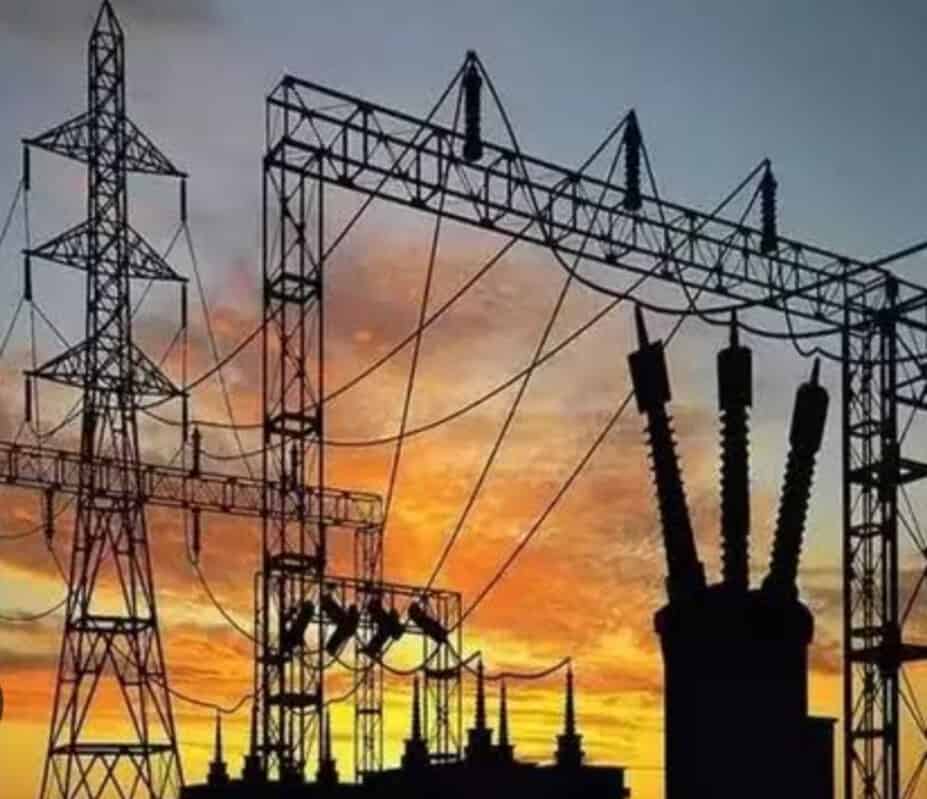CEA issues guidelines for usage and sharing of optical fibers for power sector
The guidelines stress the importance of assessing future communication needs for the grid and complying with applicable regulations set by the CEA, CERC, and SERC.

CEA issues guidelines for usage and sharing of optical fibers for power sector
Guidelines for the effective distribution, sharing, and use of optical fibers have been released by the Central Electricity Authority (CEA), which will help improve resource management in the power industry.
The purpose of these guidelines is to establish a clear and standardized framework for the allocation and sharing of fiber cores in Optical Ground Wire (OPGW) and Underground Fiber Optic (UGFO) cable for power system applications, according to a statement from the power ministry.
The guidelines provide a structured approach to fiber allocation, ensuring that the communication needs of the power system are prioritized while also reducing the risk of future conflicts.
A clear framework has been established to enable the sharing of spare fiber capacity among various stakeholders, including Central Transmission Utilities (CTUs), State Transmission Utilities (STUs), Transmission Service Providers (TSPs), and other relevant entities. The leasing of spare fibers for non-grid applications is allowed as long as it does not interfere with future grid requirements.
Each leasing contract must include a termination clause stipulating a maximum notice period of 18 months to reclaim fiber cores for grid applications when necessary.
The guidelines stress the importance of assessing future communication needs for the grid and complying with applicable regulations set by the CEA, CERC, and SERC.
Utilities will be encouraged to plan and install OPGW with 48/96 fiber cores to provide sufficient capacity for last-mile connectivity, future expansions, and LILO requirements, leveraging the Right of Way (ROW) effectively. A comprehensive database is to be maintained to monitor the allocation and utilization of OPGW fibers, ensuring transparency and accountability.